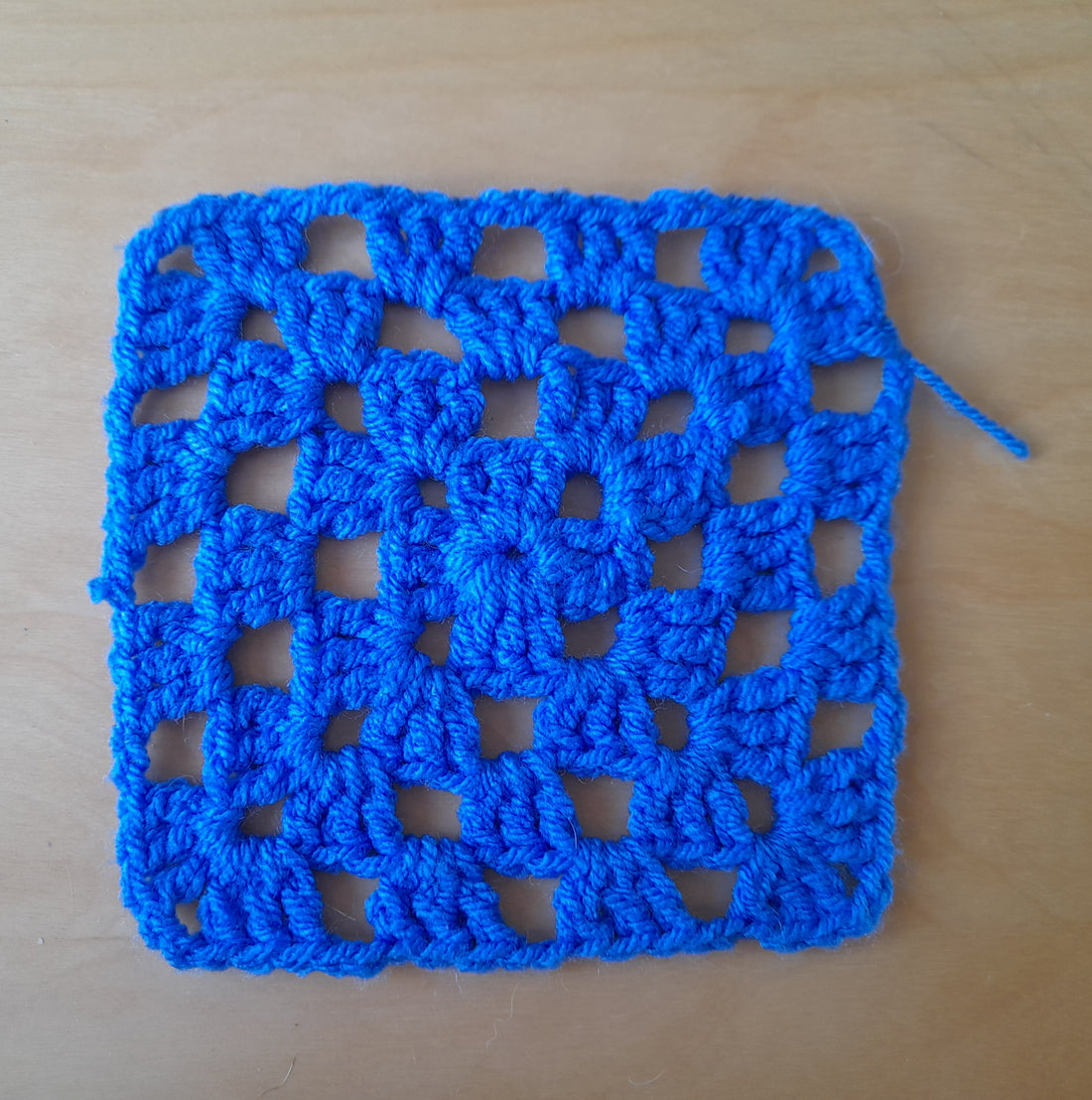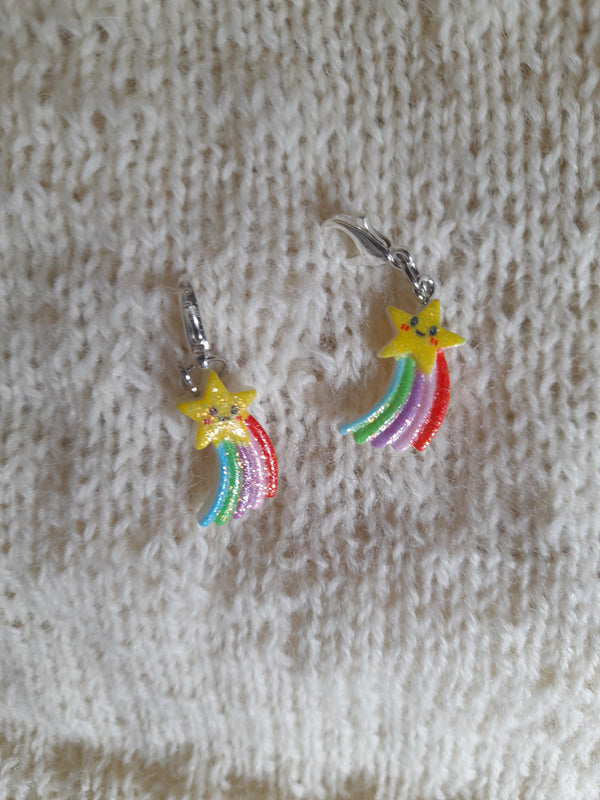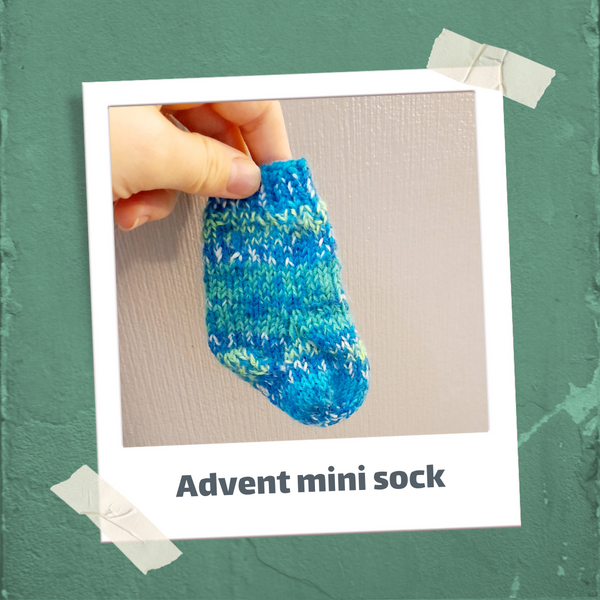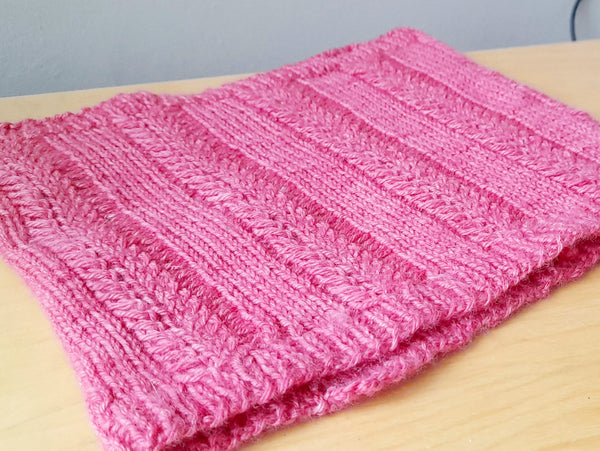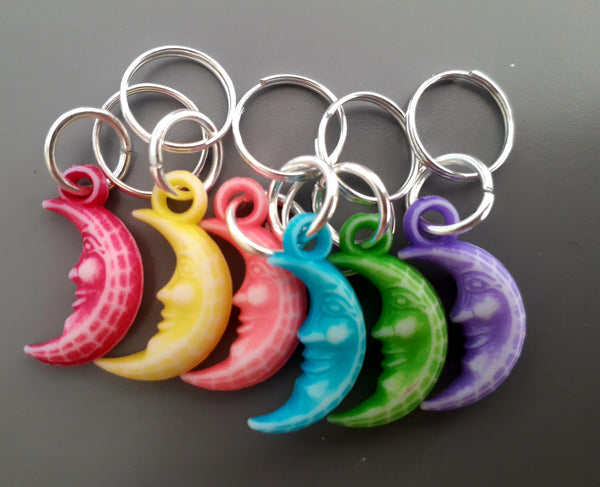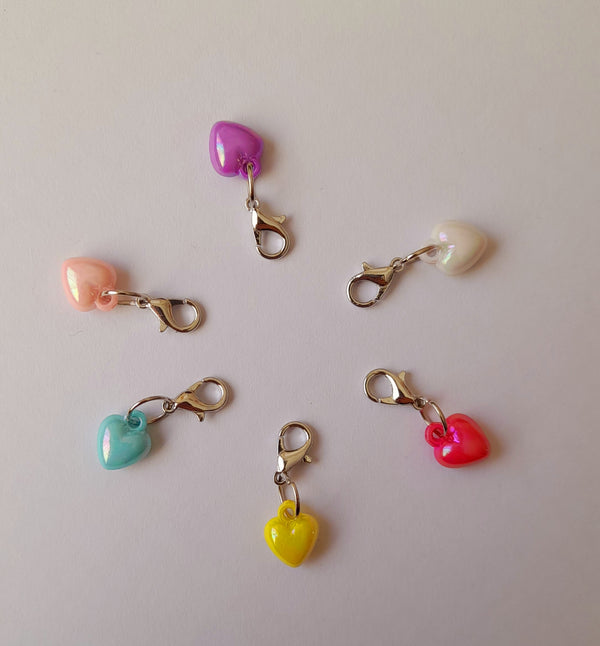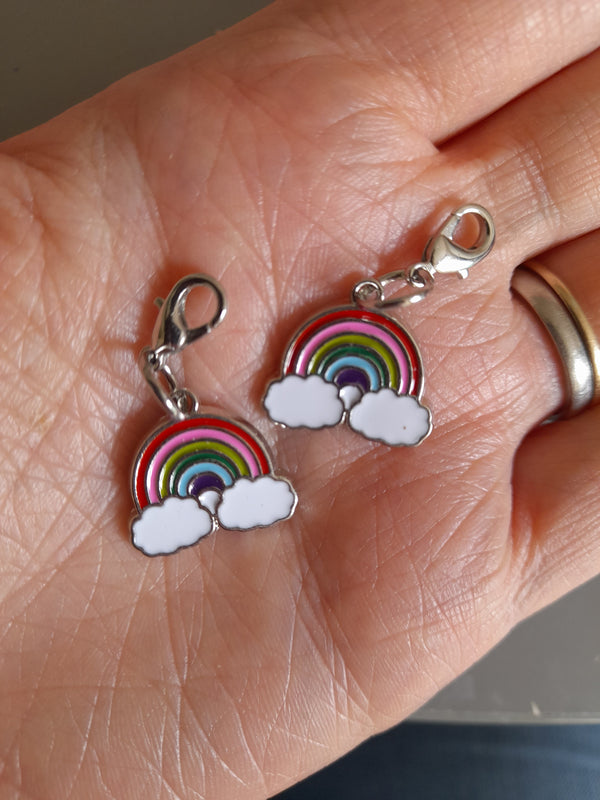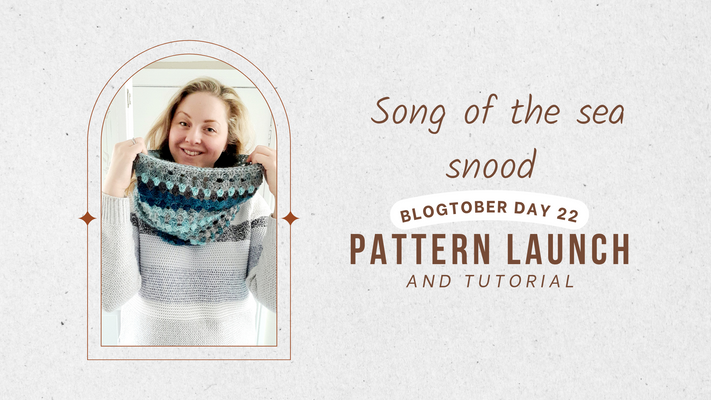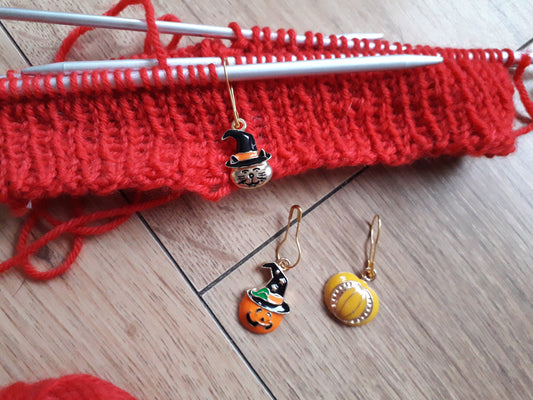How to get your granny squares right every time. Here are some tips and tricks from Hanna, a crochet teacher and designer.
If you are new to crochet (or not so new) and have issues when it comes to making granny squares, there could be a few reasons why it's not going well. Here I will talk about the most common reasons and I will offer solutions on how to address them.
Tension
Those who are new to crochet fall into the camps of too tight or too loose, mostly. This is normal and is a symptom of crochet being a brand new skill for you to learn. We cannot crochet like a pro after one youtube video. We all go wrong somewhere. For newcomers, it is usually tension. Here are three things that I advise:
- Choose a bigger or smaller hook than what has been prescribed. If your squares are tight, curling up or looking round, it could be that your hook size is too small. If your square is really floppy and ruffling, it could be that the hook is too large. I always advise increasing by 0.5mm each time. For example, if I was to use DK yarn and a 4mm hook, the tension may be too tight, so I would have to use a 4.5mm hook to see a more relaxed tension. This is inevitable for some people. Some of us will always crochet tightly and some will always crochet loosely. This is why you need to look at your own stitches and see if they are smaller or larger than the pattern suggests. Adjust accordingly.
- Make more chains than what is suggested. This is a simple trick and allows your corners to sit properly. If the pattern calls for one chain between your corner clusters, make 2. See how that works. If the pattern calls for 3 chains between clusters at the sides, perhaps chain 4 to help it relax. You will know what works when you see your square. Is it lying flat? Bingo.
- What yarn you use can affect tension. Not all DK weight yarn is the same. Some are slimmer, some are bulkier. The category is quite broad. Take this into account when you are making your granny square. Also take into account the fibre. A standard acrylic such as Hayfield bonus may have less stretch and ability to relax after the square is made. Wool and cotton can be more forgiving after a soak and a block. If you have a tight square and it is acrylic, I would advise ripping back and starting again.
Click here to see the full granny square tutorial. The pattern is also available to buy here

